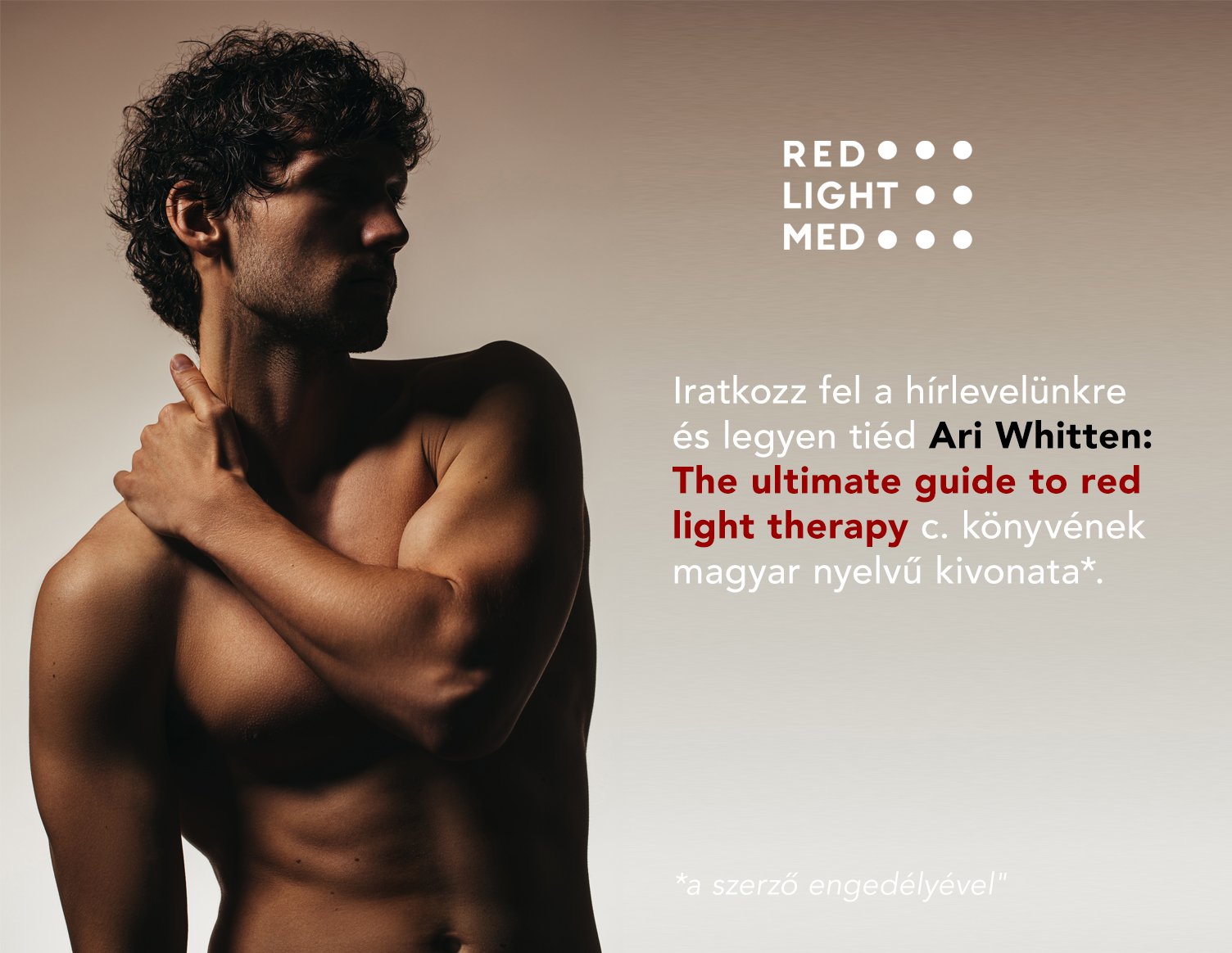How Light Affects the Body
When sunlight pours into your bedroom in the morning or you use red light therapy in the evening, you're actually tapping into a powerful force — like an invisible gym working inside you. Light doesn’t just help us see, it shapes, regulates, and stimulates. Our bodies are highly responsive to different wavelengths, but timing, type, and exposure matter.
How Light Works in the Body
- Light is made up of wavelengths, like colors, and our bodies can detect and respond to them. Shorter wavelengths (blue, UV) mostly affect the surface, while red and near-infrared light (about 600–900 nm) penetrate deeper, reaching the mitochondria — the energy centers of our cells.
- When red/NIR light stimulates mitochondria, cellular energy (ATP) increases, oxidative stress decreases, and regeneration improves.
The Biological Role of Light
Light has such a strong effect on many areas of our biology because it can transform into electrical and hormonal signals in the brain and body. Light is electromagnetic energy that travels in waves and interacts with cells, triggering reactions. It doesn't just hit the skin — it affects internal cellular functions depending on how it's absorbed or transmitted.
Wavelengths and Their Depth of Impact
Different light colors have different wavelengths that penetrate tissues at varying depths.
- Short wavelengths (blue, green, UVB) mostly affect the surface layers of the skin.
- Longer wavelengths (red and near-infrared) penetrate deeper — even reaching bones or bone marrow.
Light doesn’t just reach different tissue layers; it can also impact structures within cells like mitochondria or the nucleus, allowing highly targeted biological interventions.
How Light Affects Our Biological Functions
Light influences more than sight — nearly every function in our body responds to it. Here’s how different types of light affect different biological systems:
1. Hormones and Circadian Rhythm
Light regulates the 'internal clock' in our brain. This determines when we feel alert, sleepy, and when hormones are released.
- Melatonin – The Sleep Hormone: Blue and UVB light reduce melatonin production. This is natural during daytime, but evening exposure (especially to blue light) can disrupt sleep cycles, weaken immunity, and affect hormone balance — even bone density.
- Testosterone & Estrogen – Sex Hormones: Studies show that UVB exposure to the skin can raise sex hormone levels in both men and women by activating a molecule in the skin called 'p53', which acts like a hormonal switch.
2. Mood and Mental Balance
Our mood and energy often depend on how much light we get.
- Dopamine & Happiness: Sunlight — especially UVB — boosts dopamine, the 'feel-good' hormone that improves mood, motivation, and vitality. But nighttime UVB exposure can lower dopamine and raise the risk of depression.
- Seasonal Affective Disorder (SAD): Reduced sunlight in winter can trigger seasonal low moods. Even 20–30 minutes of extra light (from a lamp or device) can help.
3. Skin Renewal and Wound Healing
Light can 'wake up' the skin from the inside.
- UVB stimulates skin cell turnover — speeding up renewal of skin, hair, and nail stem cells.
- Red and near-infrared light penetrate deeper, activating mitochondria. The resulting energy (ATP) reduces inflammation and oxidative stress — leaving skin firmer, smoother, and more radiant.
4. Pain Relief
Surprisingly, light can influence pain perception.
- UVB exposure triggers the release of beta-endorphins — natural painkillers that improve mood and comfort. It can also activate brain regions that reduce the sense of pain.
5. Immunity and Infection Resistance
Light keeps the immune system sharp.
- UVB exposure, especially via the eyes, activates the sympathetic nervous system, which mobilizes immune cells. This helps the body react faster to infections like colds or the flu.
6. Vision and Nervous System Health
As we age, our vision typically declines — but light can help.
- Just a few minutes of red light (around 670 nm) exposure through closed eyelids in the morning can boost retinal energy, reduce oxidative damage, and possibly even reverse age-related vision decline.
- It may also reduce cholesterol-based 'drusen' deposits in the eyes, improving vision quality.
Conclusion
Light doesn’t just touch our skin — it sparks deep biological changes. The right type, dose, and timing of light can influence everything from hormones to immunity.
Every ray of sunlight or minute of light therapy helps fine-tune your energy, mood, and skin health. Light is a powerful biological controller — and with conscious use, it can help restore balance and support overall wellness. No magic needed — just a better understanding of how your body responds to light.
Sources
1. Couturaud, V., Laroche, J., Carduner, L., & Meunier, L. (2023). Reverse skin aging signs by red light photobiomodulation: A clinical study on facial skin. Skin Research and Technology, 29(4), e13391. https://doi.org/10.1111/srt.13391
2. Kemp, H. J., & Leung, M. K. K. (2024). Near infrared/red light therapy: A potential countermeasure for ophthalmic aging and mitochondrial decline. Eye. https://www.nature.com/articles/s41433-024-03091-4
3. Hamblin, M. R. (2017). Mechanisms and applications of the anti-inflammatory effects of photobiomodulation. AIMS Biophysics, 4(3), 337–361. https://doi.org/10.3934/biophy.2017.3.337
4. Park, S. H., Kim, S. H., Lee, H. J., & Choi, Y. S. (2025). Clinical study to evaluate the efficacy and safety of LED and IRED phototherapies at 630 nm and 850 nm for skin rejuvenation. Medicine, 104(14), e27513. https://journals.lww.com/md-journal/fulltext/2025/02140/clinical_study_to_evaluate_the_efficacy_and_safety.27.aspx
5. Pickrell, A. M., et al. (2023). Modulation of mitochondrial function with near-infrared light reduces brain injury after ischemia/reperfusion. Critical Care, 27, 281. https://doi.org/10.1186/s13054-023-04745-7
6. Singh, A., & Turnbull, D. M. (2024). Light stimulation of mitochondria reduces blood glucose levels in healthy adults. Photochemistry and Photobiology, Advance online publication. https://pubmed.ncbi.nlm.nih.gov/38378043/
